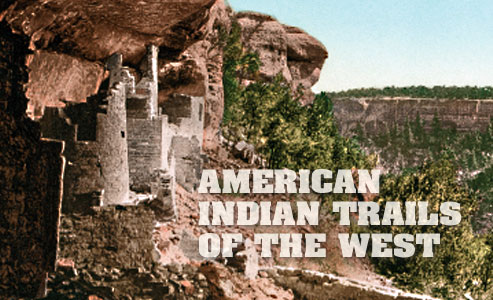On the Arizona-New Mexico Trail of the Long Walk
Travelers will discover a rich tapestry of history on the Navajo Nation.
As darkness falls over Arizona’s Canyon de Chelly National Monument, fires of the people living far below on the canyon floor flicker into existence. This has been so for centuries.
The Ancestral Pueblo/Anasazi people lived in the canyon between 350 A.D. and 1300 A.D., leaving behind cliff dwellings and structures nestled below the towering cliffs. Today’s pueblo people are closely related to these ancient ones, with the Hopi people having lived there seasonally after the Ancestral Pueblo/Anasazi people left.
The families living there now, many in hogans, are Navajos. Canyon de Chelly is comprised entirely of Navajo tribal trust land. A tragic event occurred in January 1864 when the U.S. government sent frontiersman Kit Carson and some 400 soldiers to forcibly remove the Navajos, burning homes and killing livestock. Navajos from the canyon, as well as thousands of others, were forced on “The Long Walk”—300 miles to the Bosque Redondo Reservation at Fort Sumner in New Mexico territory. U.S. military persecuted and imprisoned 9,500 Navajo and 500 Mescalero Apaches, with many dying. Finally, after treaty negotiations in 1868, they were allowed to return to their traditional homeland.
An hour to the south at Window Rock—a scenic wonder of Navajoland—is the Navajo administrative capitol and the Navajo Tribal Museum. North from Canyon de Chelly, Navajo National Monument and Monument Valley Navajo Tribal Park await visitors. In nearby Gallup, New Mexico, see the magnificent Gallup Inter-Tribal Indian Ceremonial, August 5-8, 2015.






